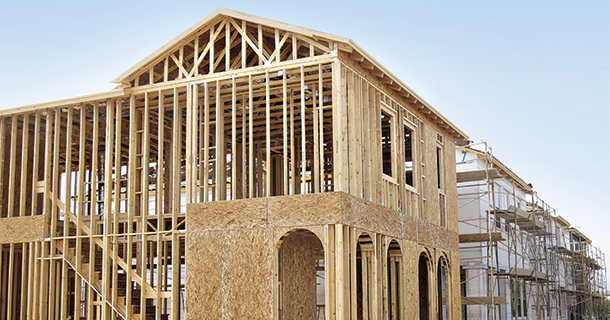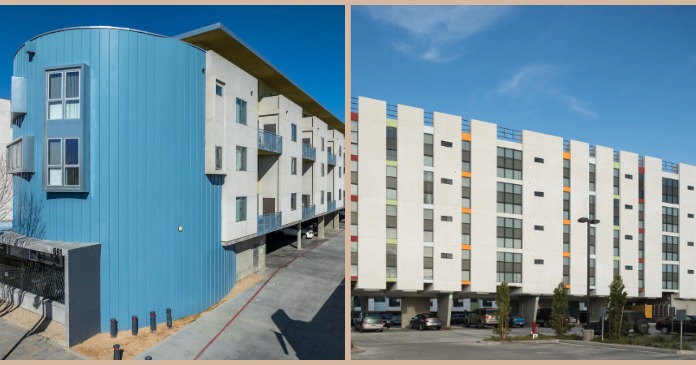In January, the state of California and the U.S. Department of Housing and Urban Development announced an initiative that would allow PACE financing to fit in with the existing financing for properties that had taken on loans from HUD, the California Department of Housing and Community Development and the California Housing Finance Agency.
Nationwide, PACE programs created by local governments provide long-term financing that helps pay for the cost of energy improvements. In areas across the country, where local officials have created districts to support this type of financing, PACE programs have helped a wide range of properties, including apartment buildings pay for energy improvements. The announcement in California marks the growing acceptance of this type of financing, which generally asks for consent from the lender that provided any permanent loan to a property.
“It is an incredibly positive development that HUD is on board—it has really opened the door to other multifamily properties to potentially utilize PACE,” Kristina Klimovich, director of market research for PaceNOW, a nonprofit based in Pleasantville, N.Y.
Since 2008, 32 states have passed legislation that makes PACE financing possible. This legislation effectively says energy improvements to buildings qualify as a public good that can justify a property tax assessment. Within those states, more than 1,000 municipalities have created districts for PACE financings. “This is a very local financing mechanism,” says Klimovich.
The PACE program makes it relatively simple for lenders to underwrite loans that pay for energy improvements. When a property owner wants to take out a PACE loan for a property located in a PACE district, local officials create a property tax assessment for the property that will be equal to the PACE loan payments. The tax assessment adds the amount of the monthly payments for the loan to the property tax bill for the property, according to Klimovich.
Many lenders are now happy to make loans through the PACE program, thanks to that assessment, because local officials have effectively committed to collect the loan payments. “The PACE loan is in the most senior possible position,” says George Caraghiaur, managing member of Energy & Sustainability Services, a sustainability consulting firm.
Without PACE financing, it can be very difficult to find a loan to pay for energy improvements at an apartment property. Construction lenders generally hesitate to assume that energy improvements will save the building enough to support a new five-year construction loan, according to Klimovich.
The PACE program loans have terms as long as 20 years. With fixed interest rates now typically in the 6 percent range, the loan payments on a PACE loan are often much less that the savings produced by energy improvements. For example, a typical PACE loan might pay for $100,000 in energy improvements that produce $20,000 in savings a year in utility costs. The loan payments for a 20-year, $100,000 PACE loan will be much, much less than these savings, creating an immediate improvement to the cash flow of the property, according to Caraghiaur.
Because of this extra cash flow, property owners rarely have a problem getting consent to take on PACE finance from a bank that provided the senior loan their property—even though the PACE loan will add to the load of debt that the property has to carry. “We’ve seen a hundred different banks consent to PACE transactions,” according to Klimovich.
However, lenders unfamiliar with PACE will need to learn about the program before they consent. Properties are also less likely to be able to use the PACE program if their permanent loan was provided by a lender that bundles multifamily loans to sell as bonds such as commercial mortgage-backed securities, according to Klimovich. Once the loans are securitized, it can be very difficult to change any aspect of the loan terms.
Apartment properties with Fannie Mae and Freddie Mac loans have also not been able to use PACE financing because the federal regulator that oversees the government sponsored entities does not yet consent to the PACE program.
The pilot program in California creates an understanding with the permanent lenders for hundreds of affordable apartment properties on how PACE financing might be used at these properties.













